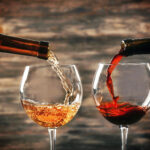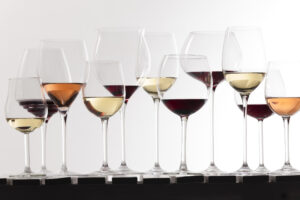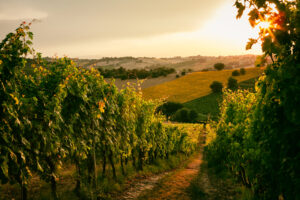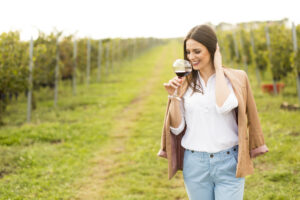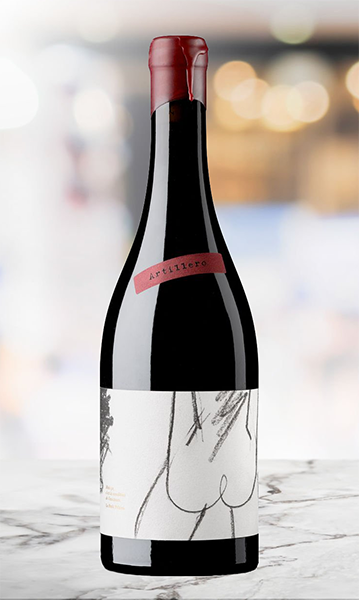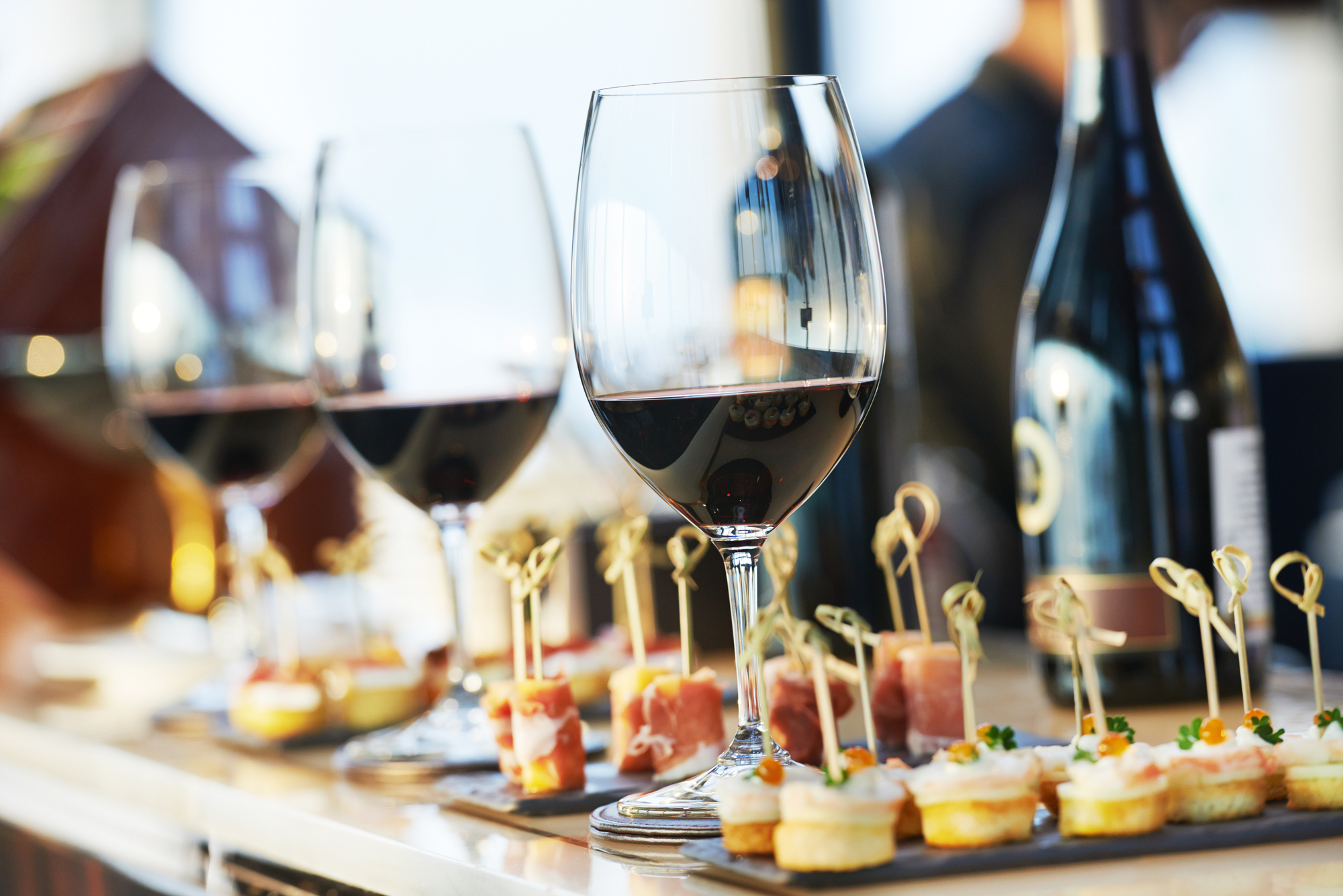
Traditional dinner parties often involve captivating conversations over hors-d’oeuvres and beverages of your choosing, followed by a multiple-course meal, and dessert. The reasons for hosting a traditional dinner party can vary from celebrating a birthday to having one “just because.”
While also held with the intent of igniting interesting conversations, a wine dinner is a fun twist on traditional dinners that allows folks to get together with the specific intent of learning about and enjoying wine. Keep reading to learn more about what wine dinners are and what you can do to host one that guests are sure to remember.
What Is a Wine Dinner?
A wine dinner is a type of dinner party involving the delicate pairing of wine with each course throughout the party. For example, guests could be encouraged to enjoy one wine while they eat their hors-d’oeuvres and try another for their main course.
How wines are chosen for these dinner parties can vary. For instance, some hosts may prefer to choose the wine for their guests, while others may of attendees to bring a bottle of their favorite wine to share throughout the dinner. Examples of wines to have at a wine dinner include:
- Cabernet franc;
- Cabernet sauvignon;
- Chardonnay;
- Merlot;
- Pinot noir;
- Riesling;
- Sauvignon blanc;
- Syrah;
- Zinfandel.
Hosts that prefer to choose their own wines may consider selecting those from the same winery or region to help promote that brand or area. They may even consider sharing the wines from their own personal collection.
This could include the wines they’ve received as a member of a wine club that delivers specialty wines from around the world on a monthly basis. Either way, wine dinners often involve different wines that are to be enjoyed throughout the courses.
Tips for Hosting a Successful Wine Dinner
There are a number of considerations to be mindful of prior to hosting a wine dinner that may not come up when preparing for a traditional gathering. For starters, you must ensure everyone who attends is legally old enough to drink. Additionally, you may consider having alternative beverages like water, soda, or tea if children or non-imbibing guests are attending your party.
While these tips are helpful, there are a few others that are just as useful that future wine dinner hosts should be mindful of, as well. Let’s take a closer look at what it would take for you to host a successful wine party of your own.
Set the Mood
The guest experience starts from the moment they enter your door. Whether you’re hosting a dinner at your house or renting a space for the evening, consider the overall vibe you’re trying to achieve and what you can do to capture that mood in whatever environment you’re in.
A few considerations to help set the mood for your wine dinner include:
- Being considerate of lighting options and opting for candles instead of overhead lighting;
- Turning on soft background music, like classical, to help promote a relaxed environment;
- Starting the conversation by thanking everyone for joining you and explaining why you’ve invited them over for the evening.
While decorating for the wine dinner isn’t necessary, doing so can help set the mood, as well. Consider incorporating a theme with your decor and encourage your guests to dress accordingly to help enhance the overall experience.
Table Settings
While it may seem like a small detail, how the table is set can make or break your wine dinner. Consider using a formal dinner setting to add a touch of elegance to the dinner. This includes an eye-capturing centerpiece with flowers or candles, decorative napkins, nicer dinnerware, and of course, wine glasses.
There are two main types of wine glasses to choose from, stemmed and stemless. Be sure to choose a style of wine glass that is the most functional for your wine dinner. While stemmed glasses are great for functionality, the bowl of the glass is what’s most important and can impact the way your guests experience their wine.
The shape of the wine glass varies and is intended to be used for different types of wine. For instance, wine glasses with a large bowl are great for red wines like malbec or syrah. Meanwhile, glasses with a narrow bowl are designed for white wines like chardonnay or riesling. Choosing which glasses you use for your dinner according to the wine you’ll be serving will help enhance your guests’ experience.
Educate Guests about the Wine
Some hosts may choose to use the wine dinner as an opportunity to educate guests about different wines. Before doing so, you must first ensure that you yourself know a thing or two about the wine you’re serving.
Brush up on wine 101 and utilize resources that educate you on the basics of wine, including the best wines to pair with each food, to create the ultimate guest experience. Even if you don’t wish to go to this extent of wine education, you should at least know the differences between white and red wine
Giving your guests a few tips on tasting wine, like how to identify different notes, is another useful tip to think about when attempting to host a successful wine dinner. Doing so creates a hands-on experience that helps guests to enjoy the experience as a whole.
Recommend Food and Wine Pairings
The food you pair with the wine matters. Look over a wine pairing guide before choosing your courses to gain further insight into which wines you should serve throughout the dinner. Not only can doing so help create an educational moment for guests, but it can also help amplify the flavors of the meal when the wine is intentionally chosen.
Be considerate of the food you’re serving, and when, for the wine you pair will vary with each course. For instance, you may consider a soft red wine or rose for appetizers, for these are excellent when paired with cheeses — a food that’s commonly served as hors d’oeuvres. White wines like pinot grigio are recommended during entree courses with fish or other seafood. Then top off the evening with a sweet riesling or sparking wine to go with dessert.
Specific food and wine pairings include:
- Cabernet sauvignon and red meat;
- Pinot grigio and seafood;
- Pinot noir and fatty fish like salmon or tuna;
- Riesling and sweets;
- Rose and cheese;
- Sauvignon blanc and salad;
- Syrah and spicy meals;
Be considerate of guests with dietary restrictions and consider which wines pair best with vegetarian and vegan cuisines, too. Doing so shows you truly care about the guest experience, thus contributing to the success of the evening. Additionally, you’ll want to verify that you have enough wine to serve every guest. Pay attention to the serving size on each bottle and compare it with your guest list to ensure you have enough wine to go around.
Add Fun Activities
Last, but certainly not least, you can add to the ultimate wine dinner experience by incorporating fun activities throughout the night. Keep your guests engaged by asking them to join in on interactive games like wine trivia or blind tastings. Keeping the activities wine-themed is a great way to add to the mood and leave your guests with memories that are sure to last a lifetime.


